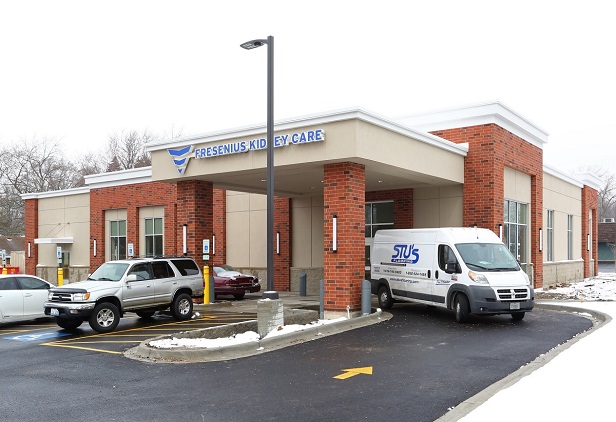CHICAGO—After rising 22 basis points (bps) last year, single tenant net leased medical properties dropped two bps in the third quarter of 2019 to 6.45%, according to the third quarter 2019 Net Lease Medical Report from The Boulder Group.
To Jimmy Goodman, a partner in The Boulder Group, the tiny decrease in cap rates is an indicator that yields for single tenant net leased medical properties may have bottomed out.
"It's almost an identical year-over-year basis," Goodman says. "There is very little change. That's because there wasn't a huge change in interest rates. There has been an increase in supply, but the demand is still the same. I think the majority of cap rate compression in the medical sector has already taken place. It can't go much lower." As larger hospital systems acquire smaller healthcare groups and one-off physician groups in order to expand their off-campus patient facilities, the overall supply of net lease medical properties continues to grow, according to The Boulder Group. In the third quarter of 2019, the supply of single tenant medical properties increased by more than 17%.
Demand for continues to be driven by high-net-worth and institutional investors' thirst for single tenant healthcare properties.
"There's an increased demand for medical," Goodman says. "In addition to the institutions, there are more private investors seeking medical assets. The increase in demand and the ability to borrow at low interest rates have pushed cap rates down to where they're at."
These buyers aren't necessarily drawn to the same things. Goodman says private investors are more drawn to credit backed tenants and hospital system-backed leases, while institutional investors are more actively pursuing properties where leases are backed by physician groups, which allow for higher cap rates.
"There are less institutional players in the sub-$10 million range because there are so many more private buyers and 1031 buyers," Goodman says. "They [private and 1031 buyers] have the ability to pay a higher cap rate. So, institutions aren't necessarily buying or can't compete for the smaller deals."
Instead institutions focus on the larger transactions. "The private buyer doesn't really buy over $10 million deals, such as the gigantic big medical hospitals or surgical centers," Goodman says. "They just can't compete."
Goodman says low rates are just one factor pushing private buyers to medical assets. Investors are also looking for ecommerce-resistant tenants. "These [medical] tenants are 'ecommerce resistant,'" he says. "There could be some type of increased supply [of properties for sale] because of that, though I don't have data to support that." Goodman thinks these low cap rates are also enticing single tenant medical property owners to test the market, which also increases supply.
"I think there's more supply because the people that have held onto this asset class for some time are now putting them on the market to take advantage of the increased demand," he says. "It may not necessarily be quality supply, but it is just an overall general supply of medical properties under $10 million."
© Touchpoint Markets, All Rights Reserved. Request academic re-use from www.copyright.com. All other uses, submit a request to [email protected]. For more inforrmation visit Asset & Logo Licensing.







